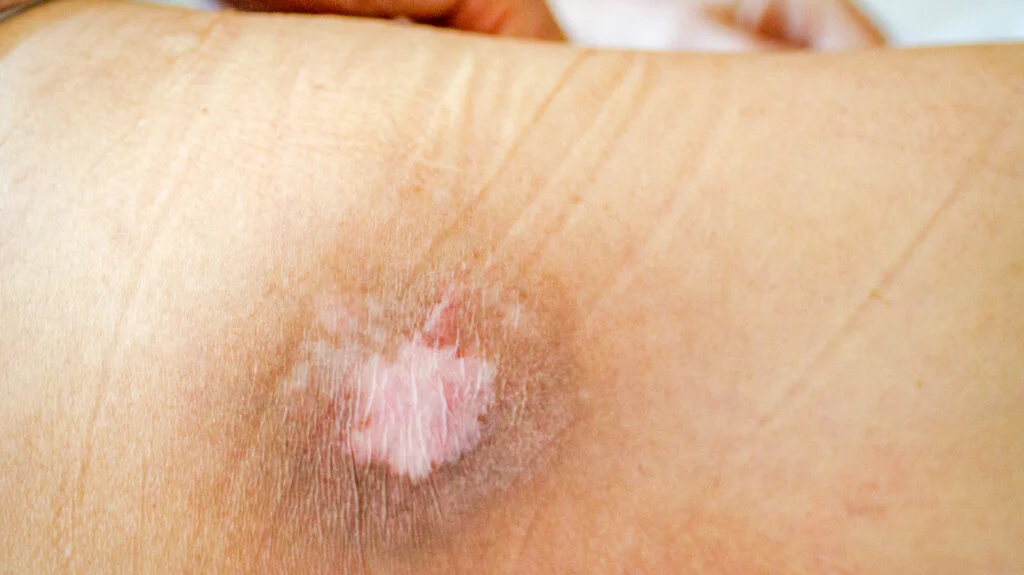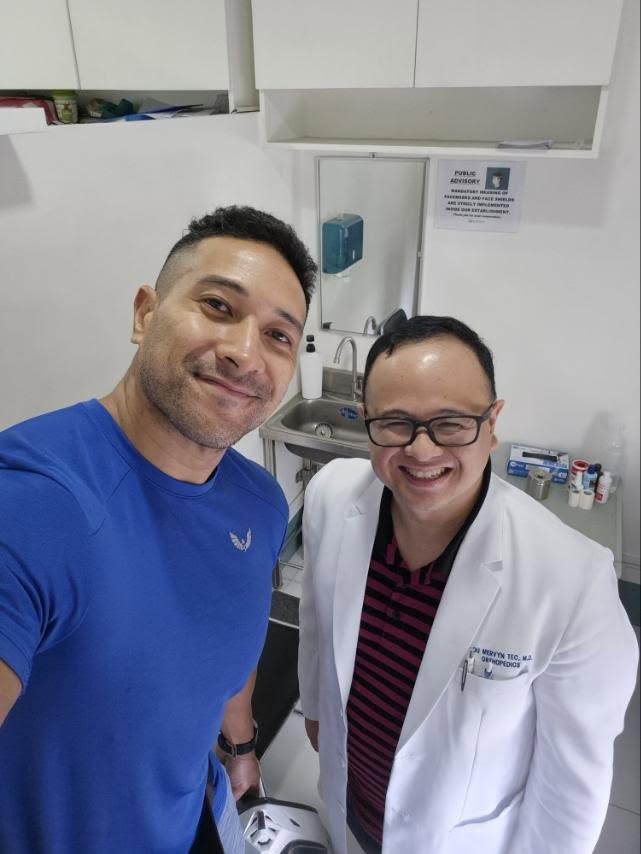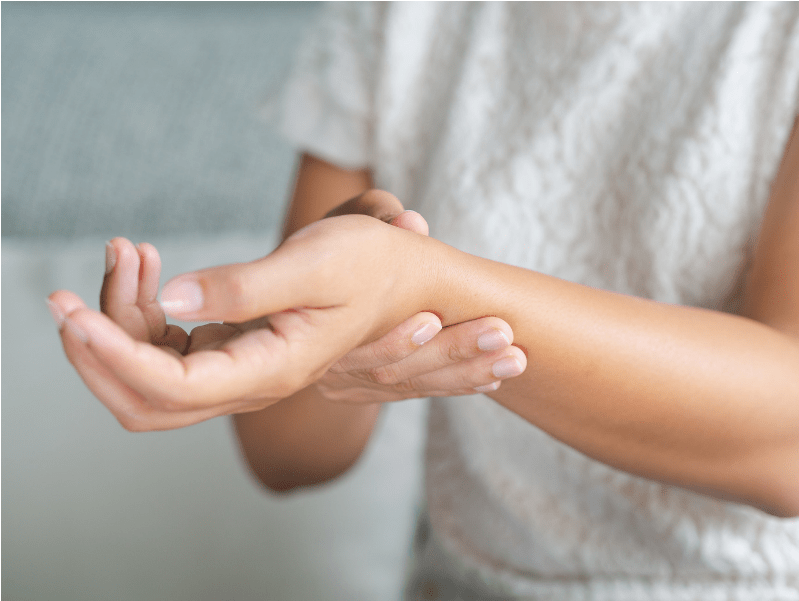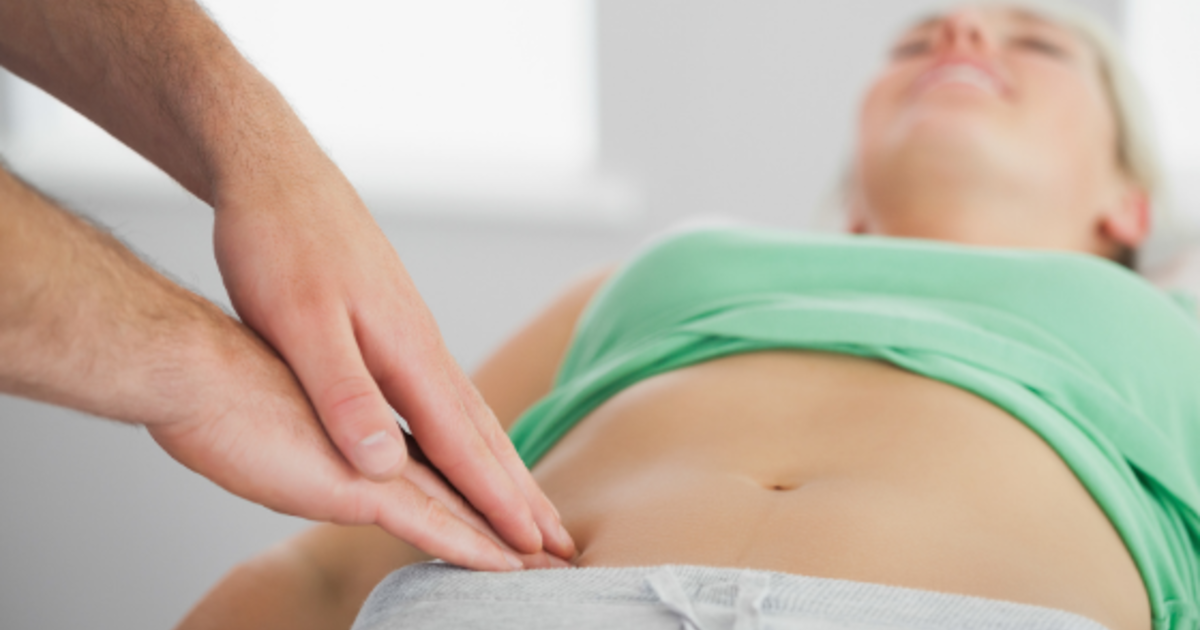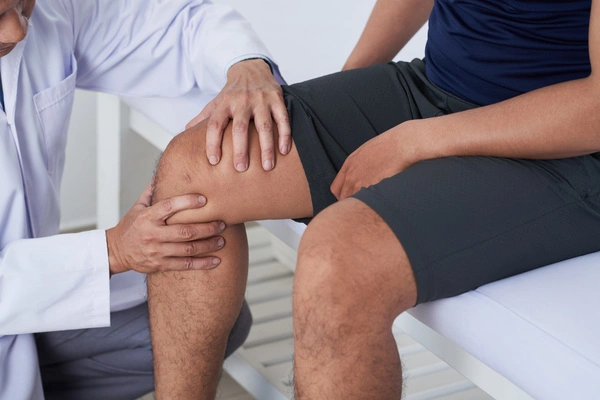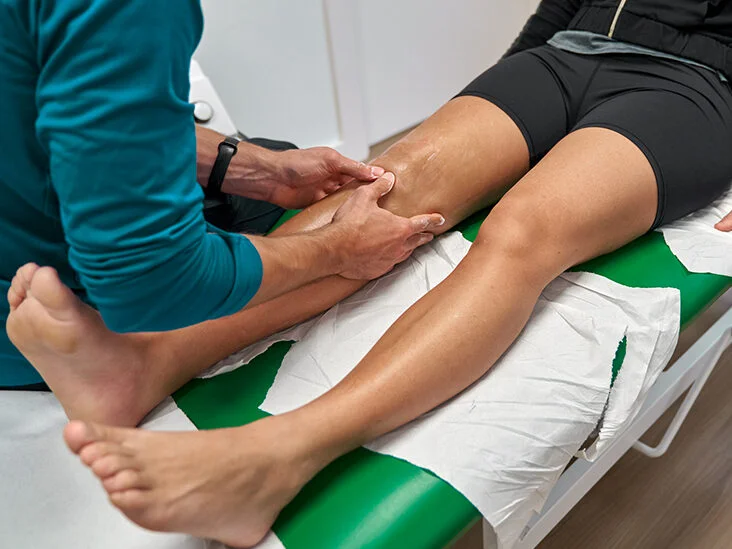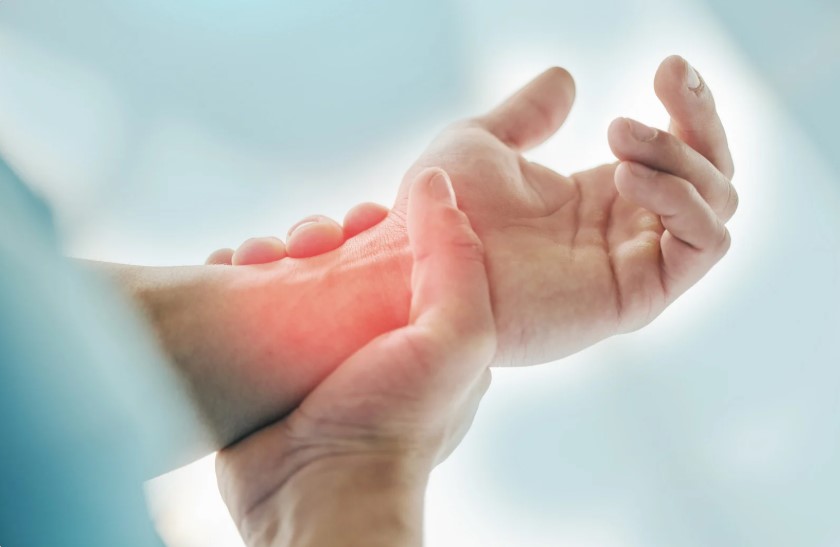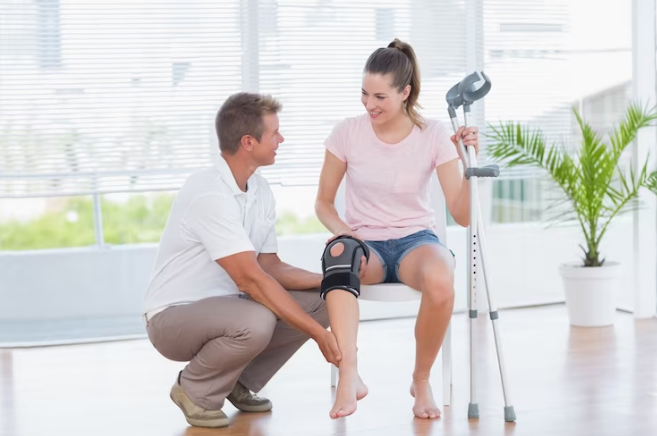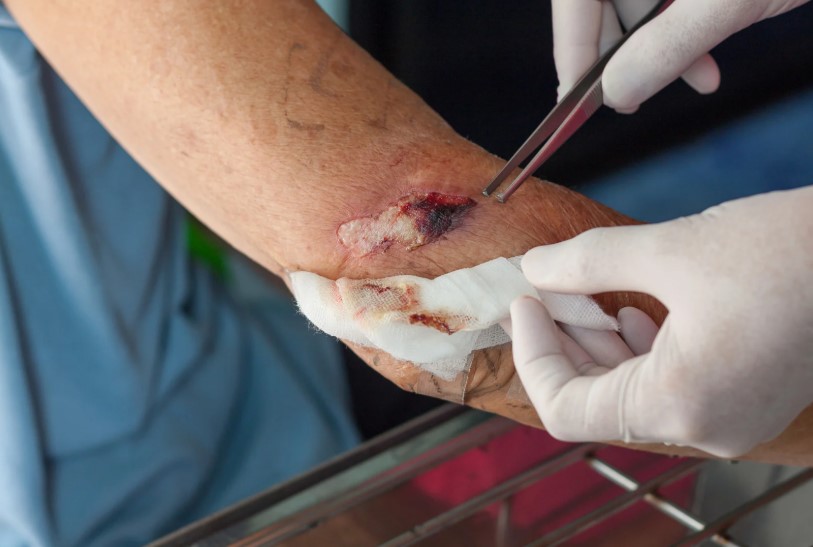Pressure sores, also known as bedsores or pressure ulcers, are injuries to the skin and underlying tissue caused by prolonged pressure. They commonly develop on areas of the body where bones are close to the skin, such as the heels, hips, tailbone, and elbows. Pressure sores are a significant concern for individuals who are bedridden, use wheelchairs, or have limited mobility. Early recognition and proper management are essential, as untreated sores can lead to serious infections and complications. Understanding how these sores develop, the stages of severity, and the most effective treatment approaches can make a substantial difference in recovery and prevention. Awareness and prompt action are crucial for maintaining skin integrity and overall health. Families, caregivers, and healthcare providers play a critical role in providing consistent care and support.
Understanding Pressure Sores
Pressure sores form when sustained pressure cuts off blood flow to a specific area, leading to tissue damage. Other contributing factors include friction, shear, and moisture, which weaken the skin and make it more susceptible to injury. They are typically classified into four stages, ranging from mild redness and irritation (Stage 1) to deep wounds that expose muscle or bone (Stage 4). Individuals with limited mobility, poor nutrition, or chronic illnesses are at higher risk of developing these sores. Medical attention is essential for severe stages, as delayed treatment can result in infections, sepsis, or longer hospital stays. Recognizing risk factors and maintaining vigilant monitoring are key to preventing progression. Understanding the nature of these sores helps caregivers respond effectively and implement suitable pressure sore treatment strategies.
Recognizing the Early Signs of Pressure Sores
Early detection of pressure sores can prevent serious complications and accelerate healing. Reddened or discolored skin, swelling, and warmth in localized areas are common initial signs. Some individuals may experience tenderness, pain, or itching at the affected site, while others may notice a soft or firm texture under the skin. Stage 1 sores may appear superficial, but timely attention can prevent progression to deeper tissue damage. Checking the skin daily, especially in high-risk areas, is critical for early recognition. Prompt intervention often involves adjusting positions, using supportive surfaces, and applying recommended topical treatments. Understanding and identifying these signs allows caregivers to initiate pressure sore treatment before the condition worsens.
Medical Approaches to Pressure Sore Treatment
Medical professionals play a vital role in managing pressure sores effectively. Proper wound care includes cleaning the sore, removing dead tissue, and using specialized dressings to protect the area from infection. Topical ointments or creams may be prescribed to promote healing, reduce inflammation, and prevent bacterial growth. In more severe cases, antibiotics or surgical interventions may be necessary to remove necrotic tissue or close deep wounds. Pressure relief devices, such as foam or gel cushions and advanced mattresses, are often recommended to reduce strain on affected areas. Monitoring and follow-up care are essential to ensure the wound is healing correctly and to prevent recurrence. Collaboration with healthcare providers ensures a treatment plan that is safe, effective, and tailored to the individual’s needs.
Home-Based and Supportive Care Methods
Pressure sore treatment at home focuses on maintaining cleanliness, relieving pressure, and supporting tissue repair. Gentle cleansing of the wound with mild solutions prevents infection and promotes a healthy healing environment. Regularly repositioning the individual, at least every two hours if bedridden, helps alleviate constant pressure on vulnerable areas. Nutritional support is critical; a diet rich in protein, vitamins, and minerals accelerates tissue repair. Specialized cushions, mattresses, and pads can reduce pressure while improving comfort. Monitoring for changes in the sore’s appearance or any signs of infection ensures timely medical intervention if needed. Caregivers must remain consistent and proactive, as irregular or inadequate home care can delay healing. Implementing a structured care routine improves outcomes and reduces the risk of recurrence.
Key Home-Based Care Practices:
- Clean and dress sores according to medical guidance
- Reposition the individual regularly to relieve pressure
- Use supportive cushions, mattresses, and pads
- Maintain proper hydration and nutrition
- Monitor sores for redness, swelling, or discharge
- Avoid harsh chemicals or aggressive scrubbing
- Encourage mobility within safe limits
Preventing Pressure Sores from Recurring
Preventing recurrence requires a combination of lifestyle adjustments, consistent care, and vigilance. Individuals with limited mobility should be repositioned regularly and encouraged to shift weight if possible. Using pressure-relieving devices, including specialized mattresses and cushions, helps minimize stress on vulnerable areas. Maintaining healthy skin through moisturizers and gentle cleaning reduces susceptibility to breakdown. Incorporating physical therapy and safe exercise routines improves circulation and overall mobility. Educating caregivers about risk factors and early warning signs ensures consistent preventive measures. A proactive approach not only reduces the likelihood of new sores but also enhances overall comfort and quality of life. Consistency, awareness, and supportive care form the cornerstone of long-term prevention.
The Role of Nutrition and Lifestyle in Healing
Nutrition plays a crucial role in tissue repair and overall skin health. Adequate protein intake supports cellular repair, while vitamins such as vitamin C and zinc enhance wound healing and immunity. Hydration is essential for maintaining skin elasticity and preventing dryness, which can make the skin more prone to injury. Lifestyle factors, including regular movement and avoidance of smoking, directly influence recovery speed and reduce complications. Patients and caregivers should incorporate nutrient-rich foods and supplements as recommended by healthcare professionals. Adequate rest and stress management further support the body’s healing processes. Together, these lifestyle adjustments complement medical and home-based interventions for effective pressure sore treatment.
Common Mistakes to Avoid During Treatment
Certain errors can hinder recovery or exacerbate pressure sores. Ignoring early signs or delaying treatment often leads to more severe wounds requiring intensive medical intervention. Using unverified home remedies may introduce infection or irritate the wound. Inconsistent care routines, such as irregular repositioning or improper dressing changes, slow the healing process. Overexertion or forcing mobility beyond safe limits can worsen tissue damage. Neglecting nutrition and hydration undermines the body’s ability to repair damaged skin. Caregivers must follow professional guidance closely to prevent complications. Awareness and adherence to proper techniques significantly improve treatment outcomes.
Frequently Asked Questions (FAQ)
How long does it take for a pressure sore to heal?
Healing time varies depending on the stage and severity. Minor sores may heal in days, while advanced sores can take weeks or months.
Can pressure sores heal on their own without treatment?
Mild Stage 1 sores may improve with minimal intervention, but most require active care to prevent worsening and infection.
What is the best position to reduce pressure for someone bedridden?
Repositioning every two hours and using supportive devices helps relieve pressure. Alternating between side-lying and back positions is commonly recommended.
Are there natural remedies that help in healing pressure sores?
While some natural approaches, like aloe vera or honey dressings, can support healing, they should always complement professional treatment, not replace it.
When should professional medical attention be sought?
Medical evaluation is necessary for deep, persistent, or infected sores, or if the wound shows no signs of healing within a few days.
Takeaway
Effective pressure sore treatment requires a combination of medical care, home-based interventions, proper nutrition, and preventive strategies. Early recognition of sores and prompt management can significantly reduce complications and accelerate healing. Caregivers play a critical role in maintaining consistent care routines, using supportive devices, and ensuring proper nutrition and hygiene. Avoiding common mistakes, staying vigilant for warning signs, and collaborating with healthcare professionals are essential steps in achieving positive outcomes. With careful attention, education, and structured care, pressure sores can be managed effectively, improving comfort, health, and quality of life for those at risk.

